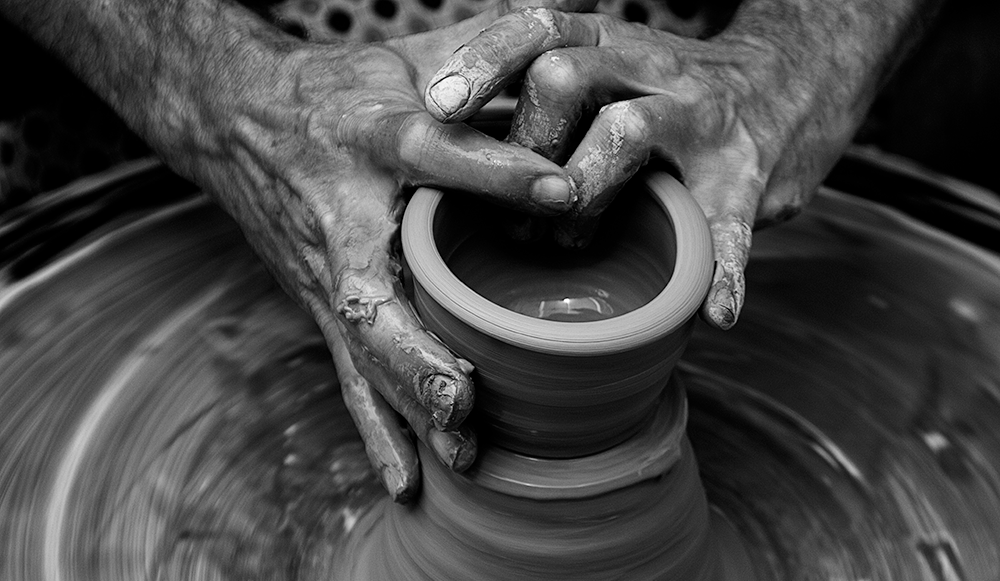The Differences Between Your Resume and LinkedIn Profile Headlines (Part 1)

As I tell job seekers in my Advanced LinkedIn Workshop, your LinkedIn profile is not your resume.
It’s important for me to say this, because many of these job seekers’ LinkedIn profiles resemble their resumes very closely. I can spot a copy-and-paste job a mile away.
In further installments of this series, we’ll examine other differences between your resume and your LinkedIn profile, but today we’ll start by looking at the differences between the top of your resume and the top of your LinkedIn profile.
The purpose of these two sections is the first difference. Your resume, if written well, should be a unique document tailored to each position, whereas your LinkedIn profile is an essentially static portrait of who you are as a professional. It rarely changes.
However, your LinkedIn profile is dynamic in virtue of the components it contains – components that normally wouldn’t be included on a resume.
Let’s look at the first and most obvious of these components:
1. The Photo
One of the most obvious differences between your resume and your LinkedIn profile is the photo.
Some job seekers understandably resist posting their photos for fear of age discrimination, but a photo is absolutely necessary on your LinkedIn profile. It enhances your brand. It can tell a visitor that you’re creative, sincere, compassionate, a leader, ambitious, serious, etc.
Furthermore, a profile with a photo makes you seem more trustworthy and memorable. According to LinkedIn itself, a profile with a photo is 14 times more likely to be opened than one without. I, for one, will not open a profile if it lacks a photo – unless it belongs to someone I know.
I tell job seekers that despite their fears of age discrimination, a photo is necessary to network. Imagine attending a networking event where people walked around with paper bags on their heads. Not very personal, is it?
2. The Value Headline

The value headline is a simple line or two describing what you do (your title) and some of your areas of expertise. It generally shouldn’t exceed 100 characters (including spaces).
Here’s an example of a position-specific value headline:
Marketing Specialist
Public Relations | Vendor Relations | Web Design | Event Coordination | Cost Control
Here’s another value headline that is written for a similar job that requires different functions:
Marketing Coordinator
Social Media | Trade Shows | Web Design | Increased Production | Graphic Design
Your LinkedIn profile has a value headline that is similar to your resume’s headline, save for the fact that your profile isn’t written for a specific job. Because of this, the headline needs to include more general skills and keywords. You are confined to 120 characters here (including spaces).
You may choose to use a keyword-rich value headline (similar to your resume) or a branding statement instead.
Here’s how a LinkedIn profile headline might look for the same positions explore above:
Marketing Specialist ~ Public Relations | Trade Shows | Vendor Relations | Web Content | Social Media | Cost Control
Marketing Specialist ~ Ask me how I can increase visibility for your company that will increase engagement and revenue
We can’t forget the importance of keywords on both your resume and your LinkedIn profile. The value headline adds to the keyword count for a resume, which is helpful when the resume is sent through an applicant tracking system (ATS).
Similarly, keywords are essential to your LinkedIn’s value headline, as they make it much easier to be found by recruiters and hiring managers.
–
In the next post, we’ll look at the differences between your resume’s and LinkedIn profile’s summary sections.
Bob McIntosh, CPRW, is a career trainer who leads more than 15 job search workshops at an urban career center.

